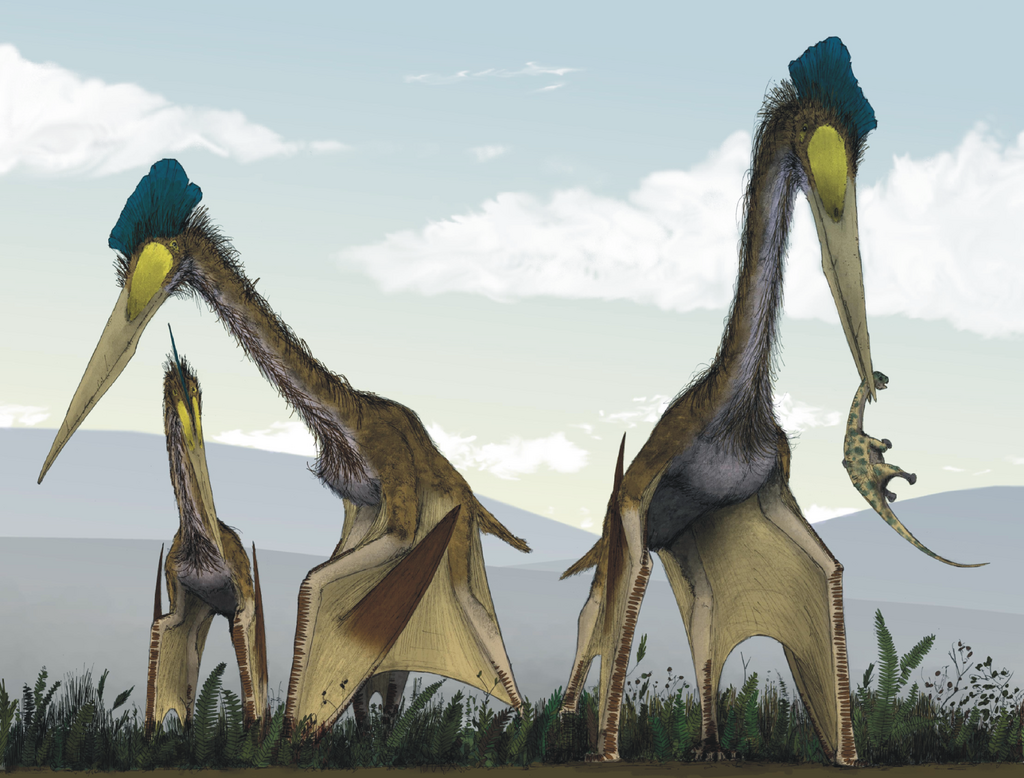The evolution of beaks in various dinosaur lineages represents one of paleontology’s most fascinating examples of convergent evolution. While birds—the only surviving dinosaur group—are known for their beaks, fossil evidence reveals that several non-avian dinosaur groups independently evolved beak-like structures millions of years before modern birds took flight. This remarkable pattern of repeated beak evolution suggests these structures provided significant evolutionary advantages across different ecological niches and feeding strategies. Recent discoveries and advanced research techniques have allowed scientists to piece together how and why these diverse dinosaur groups developed similar anatomical features despite their distinct evolutionary paths.
The Definition and Anatomy of Dinosaur Beaks
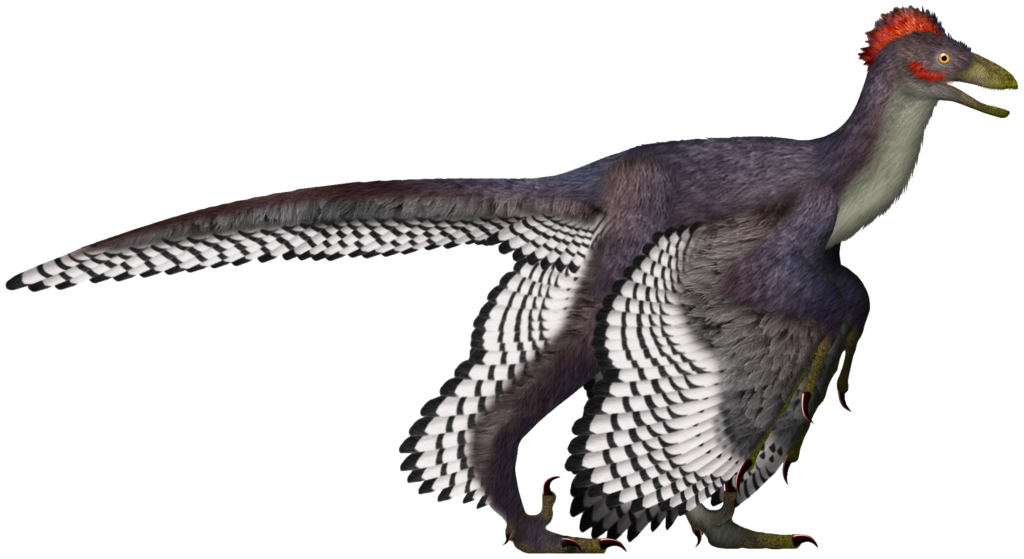
In paleontological terms, a beak or bill refers to a keratin-covered extension of the jaw that lacks teeth and is used for feeding. Unlike the soft-tissue beaks of modern birds, which rarely fossilize, evidence of dinosaur beaks typically comes from the underlying bone structure, known as the rhynchodon. These bony foundations supported keratin sheaths that formed the functional beak during the animal’s life. The basic anatomy includes the premaxilla and predentary bones that, in beaked species, often show distinctive textures and vascular impressions indicating keratin attachment. Beaks varied tremendously in shape and size across dinosaur groups, from the narrow, pointed beaks of some theropods to the wide, powerful beaks of ceratopsians like Triceratops, each specialized for different feeding strategies and ecological roles.
Evolutionary Advantages of Beaked Structures
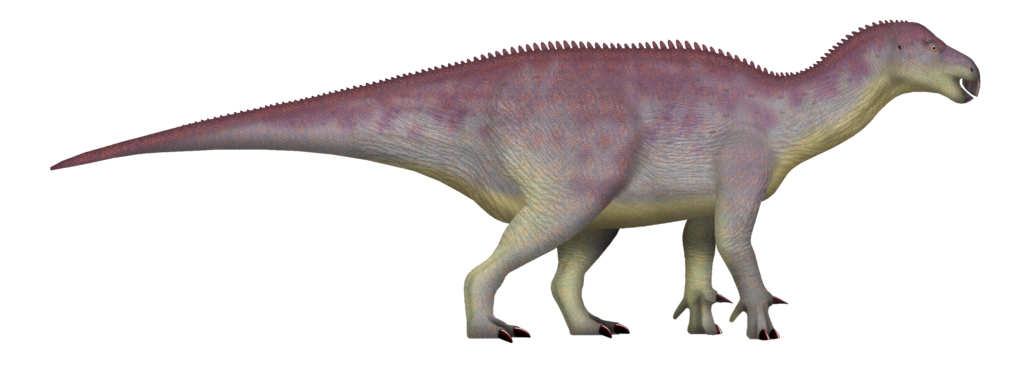
Beaks offered numerous advantages that likely drove their independent evolution across dinosaur lineages. First, beaks are lighter than tooth-filled jaws, reducing the overall weight of the skull while maintaining feeding efficiency—a crucial adaptation for many dinosaurs, especially those evolving toward flight. Second, beaks grow continuously throughout life, allowing for the constant renewal of the feeding apparatus, unlike teeth, which, once damaged, remain permanently compromised. Third, beaks can be more versatile than teeth for specialized feeding, enabling precise nipping, straining, probing, or powerful shearing depending on their shape. Fourth, beaks require less metabolic energy to maintain than teeth, which need constant replacement and complex dental batteries in many dinosaur groups. These advantages created multiple evolutionary pathways toward beak development in different lineages facing similar selective pressures.
Theropods: The Path to Modern Bird Beaks
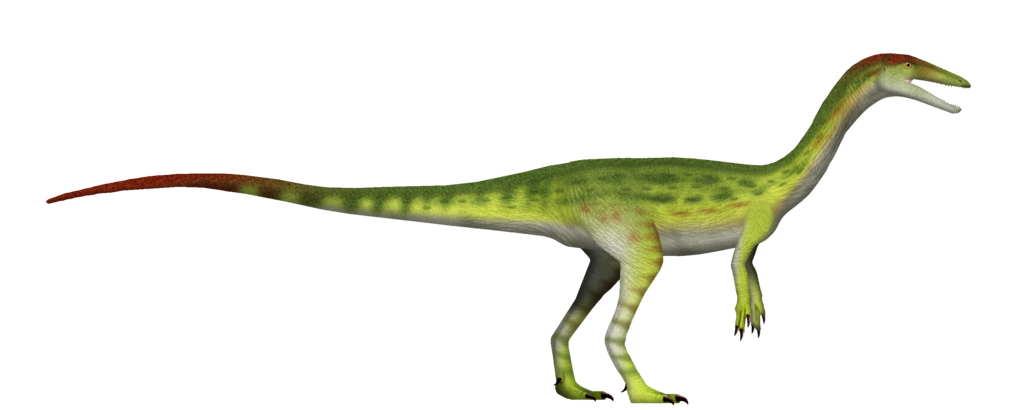
Within theropod dinosaurs—the group that eventually produced birds—the evolution of beaks appears to have followed a gradual progression. Early carnivorous theropods possessed rows of sharp teeth, but certain lineages began developing toothless regions at the front of their jaws. Ornithomimosaurs, often called “ostrich dinosaurs,” represent one of the clearest examples of complete beak development among non-avian theropods, with species like Gallimimus showing completely toothless jaws covered by keratinous beaks. The Alvarezsaurids, another theropod group, evolved specialized beaks potentially used for breaking into insect nests. Most famously, the direct ancestors of birds—maniraptoran theropods, including oviraptorosaurs—developed elaborate beaks with different shapes corresponding to varied diets. The transition from toothed jaws to beaks wasn’t simply linear, however, as some bird-like dinosaurs retained teeth alongside partially developed beaks, demonstrating the experimental nature of evolution.
Ornithischians: Beaks in the “Bird-Hipped” Dinosaurs

Despite their name suggesting a relationship to birds, ornithischian or “bird-hipped” dinosaurs represent an entirely separate branch of dinosaur evolution that independently evolved beak-like structures. The earliest ornithischians already possessed a unique bone called the predentary at the front of their lower jaw, which supported a keratinous beak-like covering. This basic structure became elaborated in numerous ways across different ornithischian lineages. Hadrosaurs (duck-billed dinosaurs) developed broad, flat beaks perfect for cropping vegetation, while retaining complex dental batteries further back in their jaws for processing plant matter. Pachycephalosaurs had narrow beaks at the tips of their jaws, suitable for selective plant feeding. Perhaps most dramatically, ceratopsians like Triceratops evolved powerful parrot-like beaks capable of shearing through tough vegetation. These varied beak morphologies evolved completely independently from the beaks of theropods, demonstrating a remarkable case of convergent evolution.
Ceratopsians: The Specialized Beaks of Horned Dinosaurs
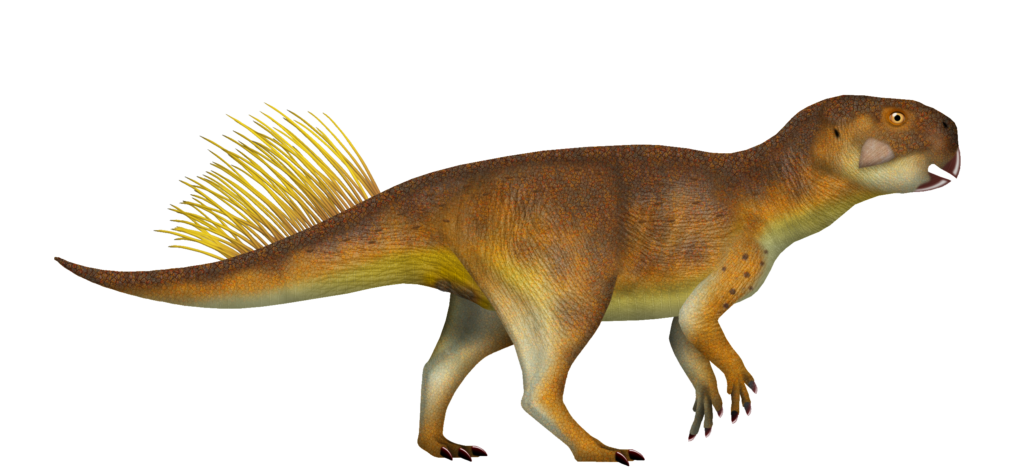
Ceratopsian dinosaurs present one of the most specialized examples of beak evolution among dinosaurs. Their distinctive parrot-like beaks were formed by an enlarged rostral bone at the tip of the upper jaw that worked in conjunction with the predentary bone of the lower jaw. This arrangement created a powerful cutting mechanism capable of shearing through fibrous plant material, much like modern-day parrot beaks can crack tough nuts. The evolution of these beaks can be traced from early ceratopsians like Psittacosaurus (whose name means “parrot lizard” due to its beak) to the massive structures seen in later giants like Triceratops. Recent studies examining the microscopic wear patterns on ceratopsian beaks suggest they were using these structures to cut through particularly tough Cretaceous vegetation rather than simply plucking softer plants. The development of such specialized feeding apparatus represents a significant evolutionary investment, indicating the substantial selective advantage these beaks provided in exploiting plant resources unavailable to other herbivores.
Hadrosaurids: The Duck-Billed Dinosaurs’ Unique Approach

Hadrosaurids, commonly known as duck-billed dinosaurs, evolved a distinctive beak structure unlike any other dinosaur group. Their broad, flat beaks extended across the front of their elongated snouts, creating a specialized feeding apparatus. Unlike modern birds, however, hadrosaurids retained an impressive battery of hundreds of teeth behind their beaks, combining the cutting edge of a beak with the grinding capability of complex dentition. This dual approach allowed these dinosaurs to efficiently harvest and process plant material in a two-stage process: the beak would crop vegetation while the dental batteries would thoroughly grind it. CT scanning and biomechanical models have revealed that hadrosaurid beaks contained sensitive nerve endings similar to modern duck bills, suggesting they may have used their beaks to feel for and select preferred plant foods. The success of this feeding strategy is evidenced by hadrosaurids becoming among the most common and diverse dinosaurs of the Late Cretaceous period, spreading across multiple continents.
Genetic Mechanisms Behind Convergent Beak Evolution
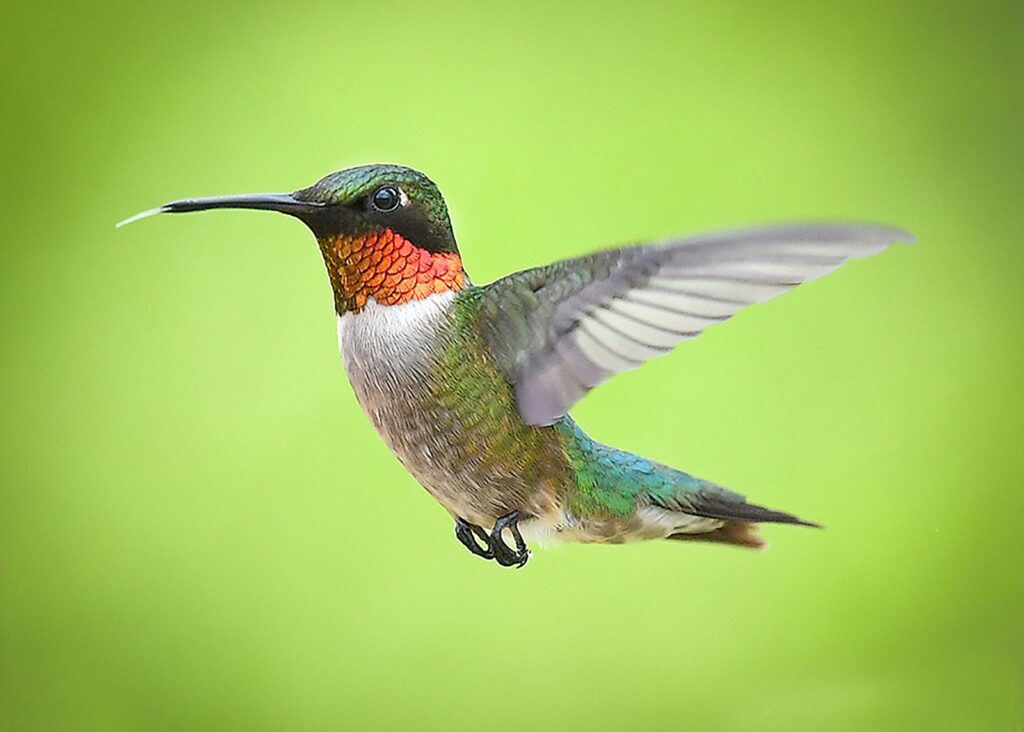
The genetic underpinnings of beak development in different dinosaur lineages likely involved similar developmental pathways despite their independent evolution. Studies on modern birds have identified several key gene networks that control beak shape and size, particularly those involving bone morphogenetic proteins (BMPs) and calmodulin. These same genetic mechanisms were likely co-opted separately in different dinosaur lineages to produce beak-like structures. The developmental biology concept of deep homology explains how the same genetic toolkit can be independently utilized to create similar structures in unrelated groups. While direct evidence of genetic mechanisms in extinct dinosaurs is impossible to obtain, researchers can make inferences based on developmental studies of their living descendants (birds) and relatives (crocodilians). Subtle differences in how these genetic pathways were activated and regulated would explain the variations in beak morphology across dinosaur groups, while the underlying similarity of the basic genetic framework explains how such similar structures could evolve repeatedly.
Environmental Pressures Driving Parallel Evolution

The independent evolution of beaks across dinosaur lineages strongly suggests common environmental pressures selecting for this feature. During the Jurassic and Cretaceous periods, changing plant communities may have created new feeding opportunities that beaks were particularly well-suited to exploit. The diversification of flowering plants (angiosperms) during the Cretaceous period introduced new food resources with different physical properties that may have favored beak-like feeding apparatus over traditional dentition. Additionally, climatic shifts throughout the Mesozoic created varying conditions that might have selected for more efficient feeding mechanisms. Competition between different herbivorous dinosaur groups likely intensified selection for specialized feeding structures, driving further refinement of beaks in multiple lineages. Evidence from paleobotanical studies suggests correlations between plant toughness and the development of more robust beaks in certain dinosaur groups, supporting the hypothesis that specific plant-herbivore interactions drove beak evolution.
Pterosaurs: A Non-Dinosaur Example of Convergent Beak Evolution
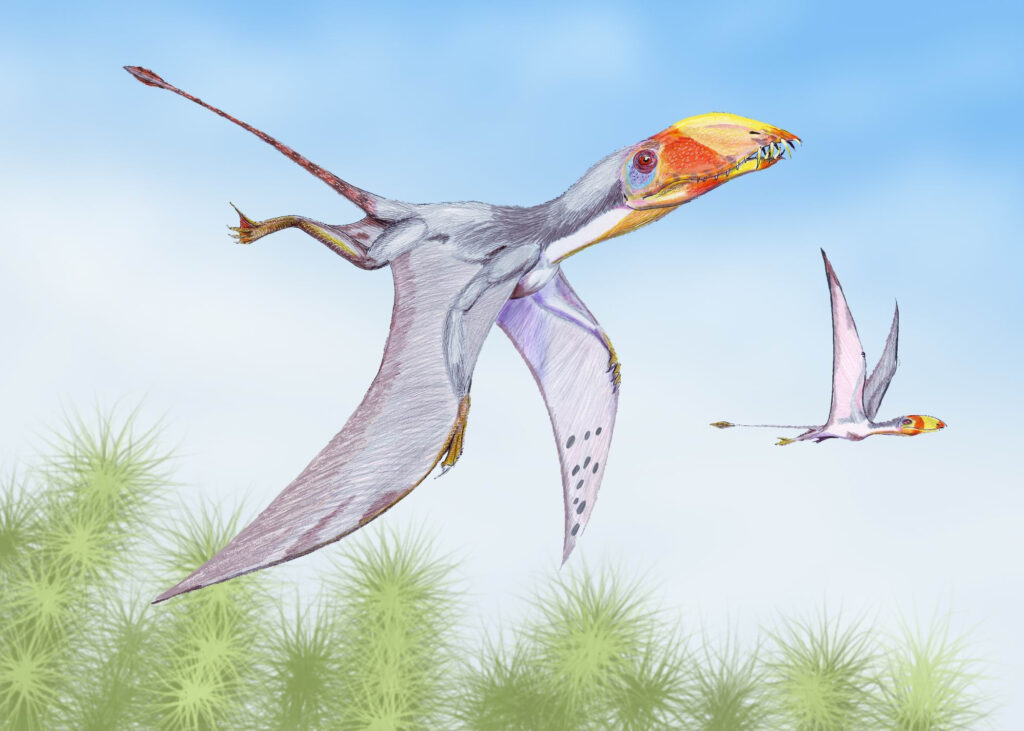
Though not dinosaurs, pterosaurs—flying reptiles that lived alongside dinosaurs—provide another fascinating example of convergent beak evolution within archosaurs. Many pterosaur species independently evolved toothless beaks remarkably similar to those seen in birds and certain dinosaur groups. Early pterosaurs possessed teeth, but multiple lineages subsequently developed keratinous beaks, likely due to the weight-saving advantage for flight, the same pressure that would later shape bird evolution. Some pterosaurs, such as the massive Quetzalcoatlus with its 10-foot beak, developed highly specialized feeding structures for particular ecological niches. The repeated evolution of beaks across pterosaurs, birds, and non-avian dinosaurs represents a striking pattern of convergence among distantly related archosaur lineages. This three-way convergence suggests that the combination of archosaur skull architecture and certain ecological pressures strongly favors the evolution of beak-like structures over traditional reptilian dentition.
Modern Research Techniques Revealing the Beak Functions

Cutting-edge research methods have revolutionized our understanding of dinosaur beak function and evolution in recent years. Finite element analysis (FEA), a computational technique borrowed from engineering, allows paleontologists to simulate mechanical stresses on digitized dinosaur skull models, revealing how different beak shapes perform under various feeding scenarios. Microscopic analysis of wear patterns on fossilized beak surfaces provides direct evidence of how these structures interacted with food materials. Stable isotope analysis of fossilized beak material can reveal dietary information by identifying chemical signatures of different food sources. Comparative studies with modern birds using high-speed cameras have helped scientists understand how different beak shapes correspond to specific feeding techniques. Additionally, developmental biology research on beak formation in modern bird embryos has provided insights into how ancient beaks might have evolved through modifications to growth patterns. Together, these techniques are building a more complete picture of dinosaur beak function beyond what was possible through simple morphological observation.
The Puzzle of Partially Beaked Dinosaurs

Some dinosaur groups evolved partial beaks while retaining teeth in other portions of their jaws, creating intriguing transitional forms that illuminate evolutionary pathways. The ornithopod Hypsilophodon possessed a small beak at the front of its jaws, combined with teeth further back, representing an early stage in ornithischian beak evolution. Similarly, Heterodontosaurus had a beak-like structure on its upper jaw working alongside unusual, specialized teeth. These transitional forms suggest that beaks often evolved gradually, with selective pressures favoring toothless regions for certain feeding functions while maintaining teeth for others. The co-existence of teeth and beaks in the same jaw also demonstrates that these structures weren’t mutually exclusive but could work together in a complementary feeding system. Examining these intermediate morphologies helps paleontologists understand the step-by-step process by which full beaks evolved in multiple dinosaur lineages. The varied arrangements of these partial beaks also suggest that different feeding strategies drove beak evolution in different directions across dinosaur groups.
Ecological Niches and Feeding Specializations

The diverse beak morphologies evolved by different dinosaur groups correspond closely to their ecological niches and feeding specializations. Narrow, pointed beaks in certain theropods and small ornithopods were ideal for selective feeding on seeds, fruits, or insects. The wide, flat beaks of hadrosaurs optimized bulk harvesting of foliage, maximizing food intake with each bite. Hook-tipped beaks in some oviraptorosaurs may have been specialized for grasping and manipulating specific food items, possibly including eggs, small prey, or particular plant parts. The powerful, shearing beaks of ceratopsians allowed them to tackle fibrous vegetation that other herbivores couldn’t process effectively. These specialized beak shapes represent evolutionary responses to competition, with each group developing structures that allowed them to exploit different food resources more efficiently than their competitors. The principle of competitive exclusion likely drove this diversification of beak types, with natural selection favoring adaptations that reduced direct competition for the same food resources between coexisting dinosaur species.
Future Research Directions in Dinosaur Beak Evolution
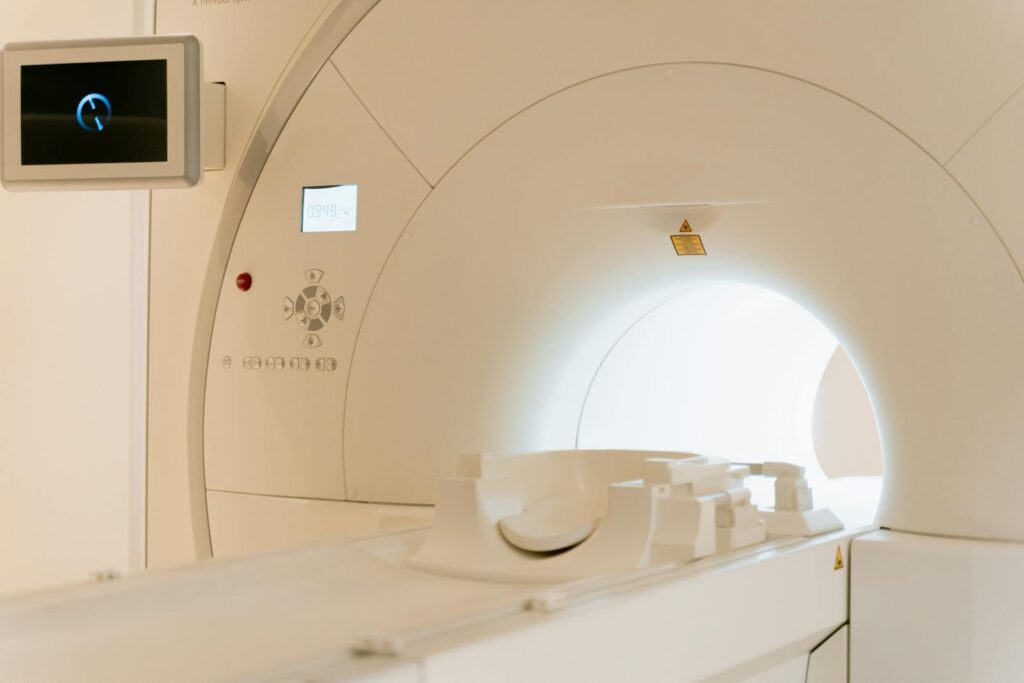
The field of dinosaur beak evolution continues to advance rapidly, with several promising research directions on the horizon. Improved CT scanning technology will allow researchers to examine internal structures of fossilized beaks at unprecedented resolution, revealing hidden anatomical details. Growing fossil collections from previously underrepresented geographical regions may uncover new examples of beaked dinosaurs, potentially revealing additional instances of convergent evolution. Advances in ancient protein recovery techniques offer the tantalizing possibility of extracting biochemical information from fossilized beak structures, potentially revealing details about their composition. Increasingly sophisticated biomechanical modeling will enable more accurate simulations of how different beak shapes function during feeding. Developmental studies comparing modern birds, crocodilians, and turtles (which have independently evolved beaks) may provide deeper insights into the genetic and developmental mechanisms behind beak evolution. Additionally, improved methods for reconstructing ancient ecosystems will provide better context for understanding the selective pressures that drove beak evolution in different dinosaur lineages.
Conclusion

The independent evolution of beaks across multiple dinosaur lineages stands as a remarkable example of convergent evolution, demonstrating how similar selective pressures can produce comparable anatomical solutions in unrelated groups. From the powerful shearing beaks of ceratopsians to the precise, lightweight beaks of theropods on the line to birds, these structures provided significant adaptive advantages for diverse feeding strategies. The repeated emergence of beaks throughout dinosaur evolution wasn’t merely coincidental but reflected fundamental advantages these structures offered: weight reduction, continuous growth, specialized feeding capability, and metabolic efficiency. As research techniques continue to advance, our understanding of this fascinating evolutionary pattern will only deepen, providing valuable insights into not just dinosaur biology but the broader principles of evolution itself. The story of dinosaur beaks reminds us that evolution often finds similar solutions to common problems, creating patterns of convergence that connect seemingly disparate branches on the tree of life.

